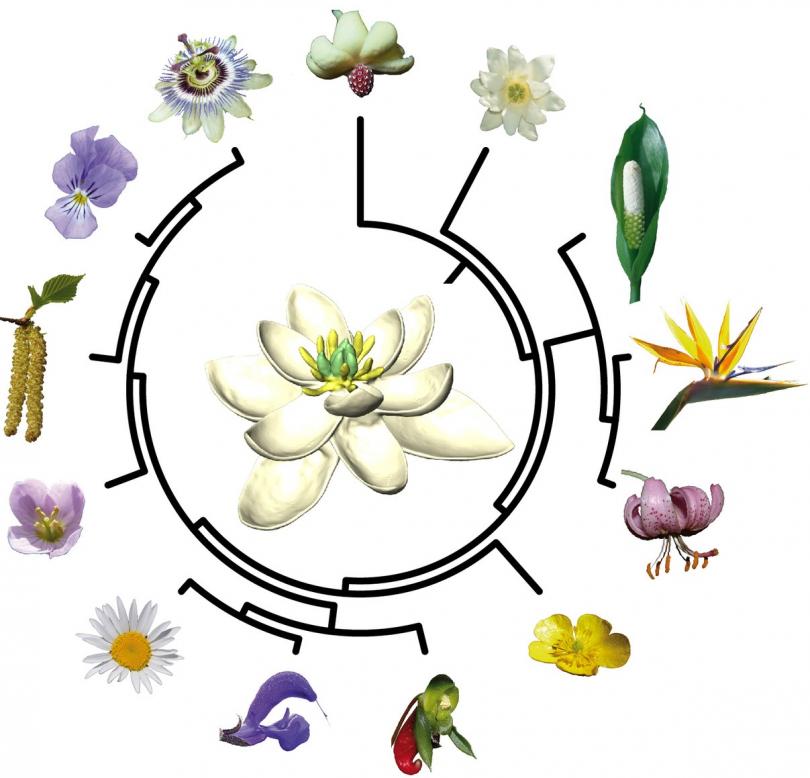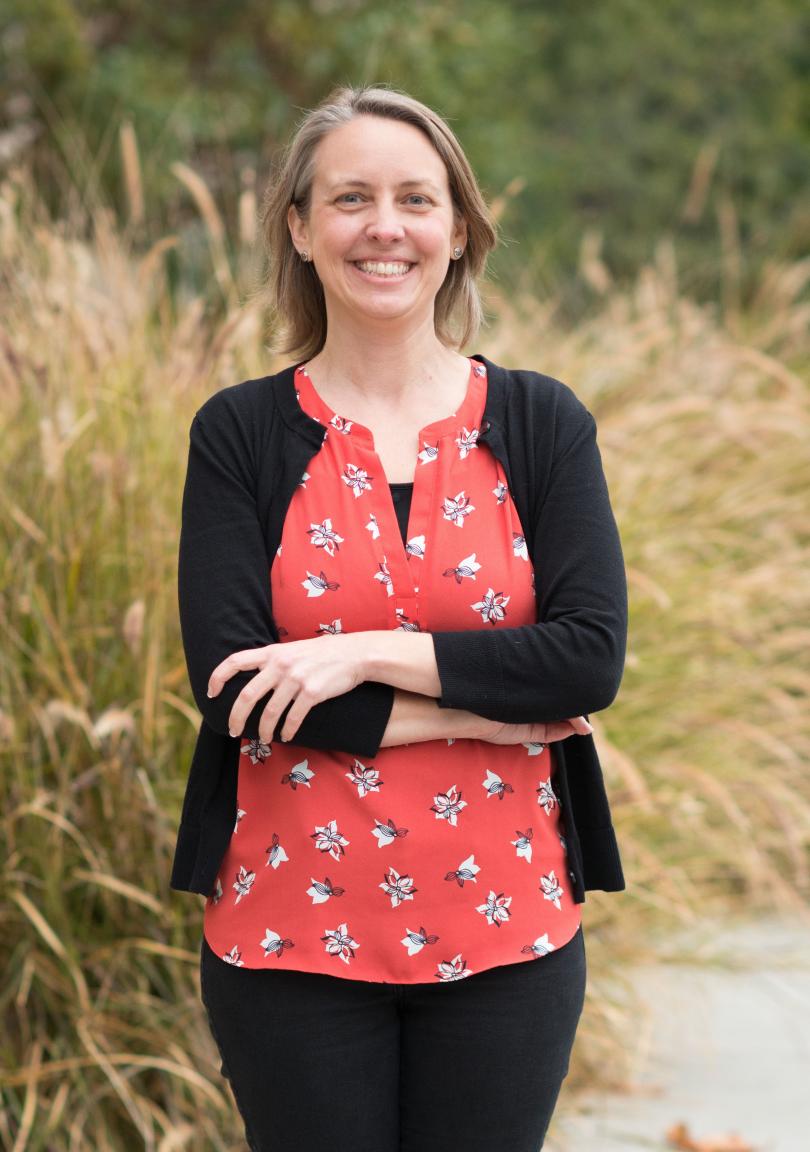"Phylodynamic and Comparative Approaches for Reconstructing Major Evolutionary Transitions in Deep Time"

Dr. Tiago Simões | Simões Lab
Bio:
Dr. Tiago Simões started his career in his home city (Rio de Janeiro, Brazil), where he obtained his BSc and MSc in Biological Sciences- Zoology at the Federal University of Rio de Janeiro and the National Museum of Brazil. He obtained his PhD at the University of Alberta, Canada, in 2018 working with Dr. Michael Caldwell. Between 2019 and 2023 he was a Postdoctoral Fellow at the Museum of Comparative Zoology & Dpt. Organismic and Evolutionary Biology, Harvard University, working with Dr. Stephanie Pierce, and since 2022 a Research Associate in the Division of Vertebrate Zoology at the American Museum of Natural History. Since 2024, he has been an Assistant Professor in the Dpt. Ecology and Evolutionary Biology at Princeton University.
Dr. Simões’s research integrates data from living and extinct species, as well as morphological and genomic data, to investigate deep time problems in vertebrate evolution, with a special focus on the origin and early evolution of lizards and snakes. He has created several new morphological and total-evidence datasets employing state-of-the-art techniques in Bayesian phylogenetics and phylodynamics that helped bridging gaps between morphological and molecular hypothesis of reptile evolution. These studies, along with new technical advances in phylogenetics have been published in several peer-reviewed scientific articles creating, including in Nature, Nature Ecology & Evolution, and Science Advances.
:
The history of life on Earth is marked by complex interactions between species genomes and phenotypes across constantly changing environments. Therefore, it is necessary to investigate these interactions across deep evolutionary time to understand the processes responsible for the construction of both past and modern biological diversity. However, this line of research has historically faced several logistic and methodological limitations, such as the lack of quantitative methods for combining various data types sampled across vastly different organismal and temporal dimensions. Fortunately, the past decade has been testimony to several advances in Bayesian evolutionary analyses that have fostered the integration of data types towards more sophisticated inferences of evolutionary trees and macroevolutionary dynamics. Here, I will illustrate how I have used and expanded this class of techniques to integrate molecular and phenotypic data from living and fossil species to understand the patterns and processes operating across major evolutionary transitions in vertebrates, with a special focus on reptiles. These results have overhauled the structure of key areas of the reptile tree of life, including the origin of lizards and turtles, the interplay between phenotypic and molecular innovations during evolutionary transitions, and how these events have been impacted by climate change across deep time. I conclude by highlighting how a new omics era, integrating whole genomes and phenomes, can conciliate historical challenges in understanding organismal evolution and the interplay between genomes and phenotypes with their surrounding environments across broad taxonomic and time scales.
Watch the seminar here!



